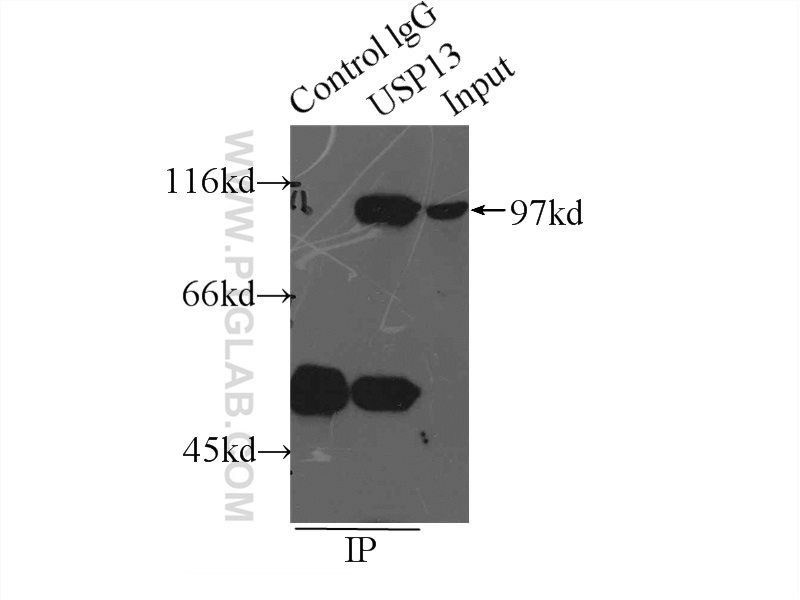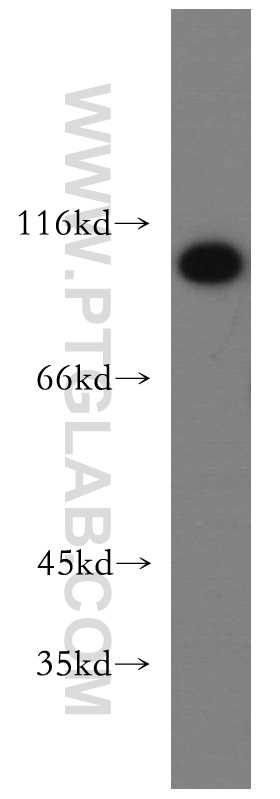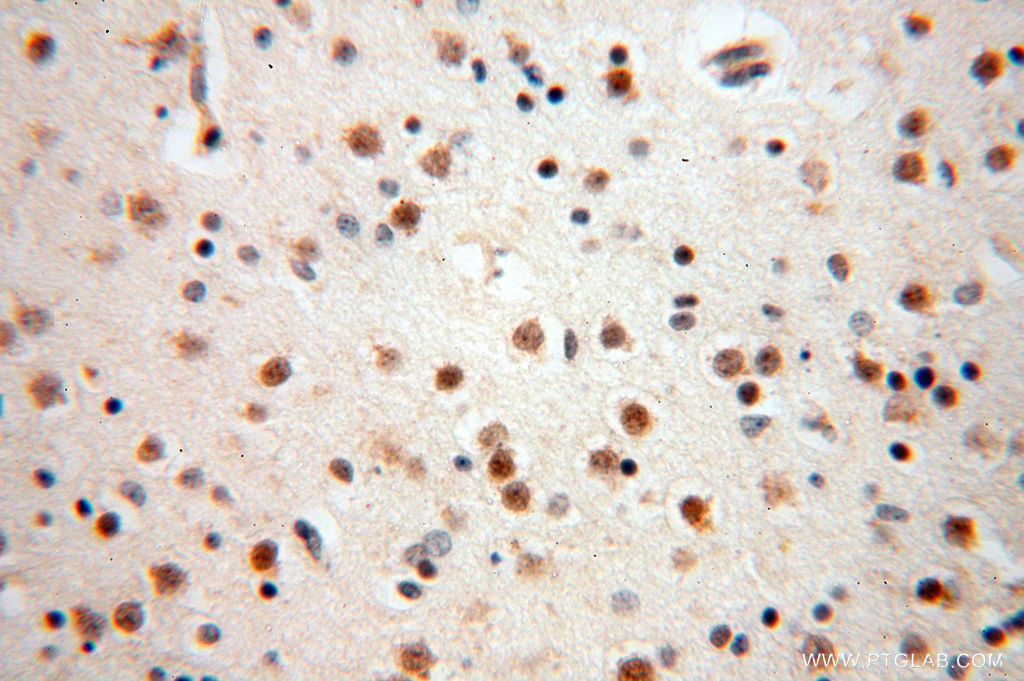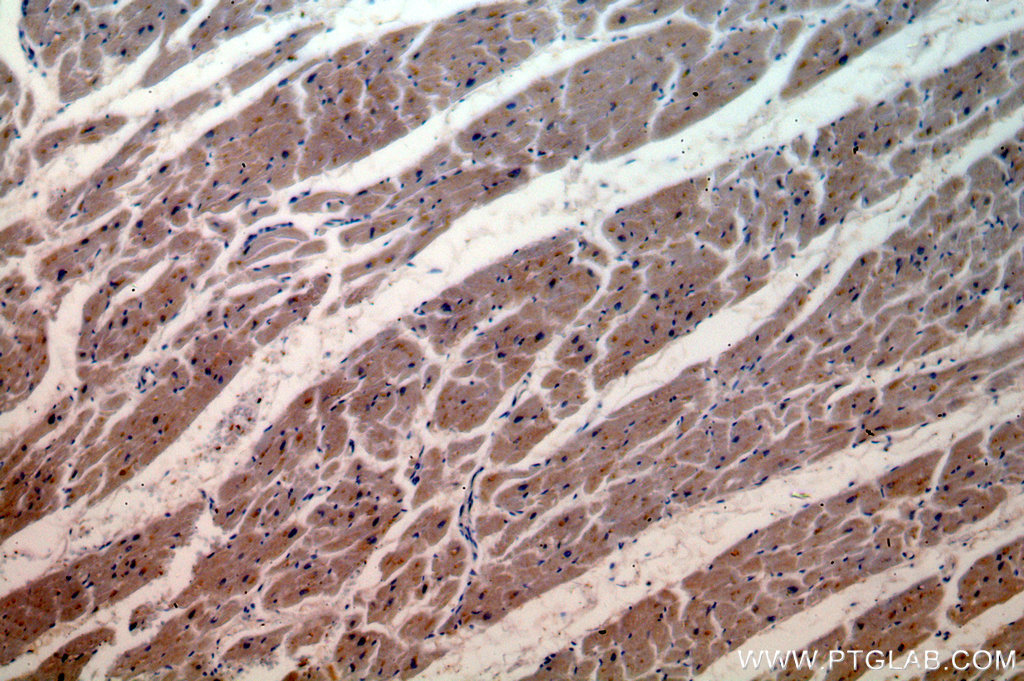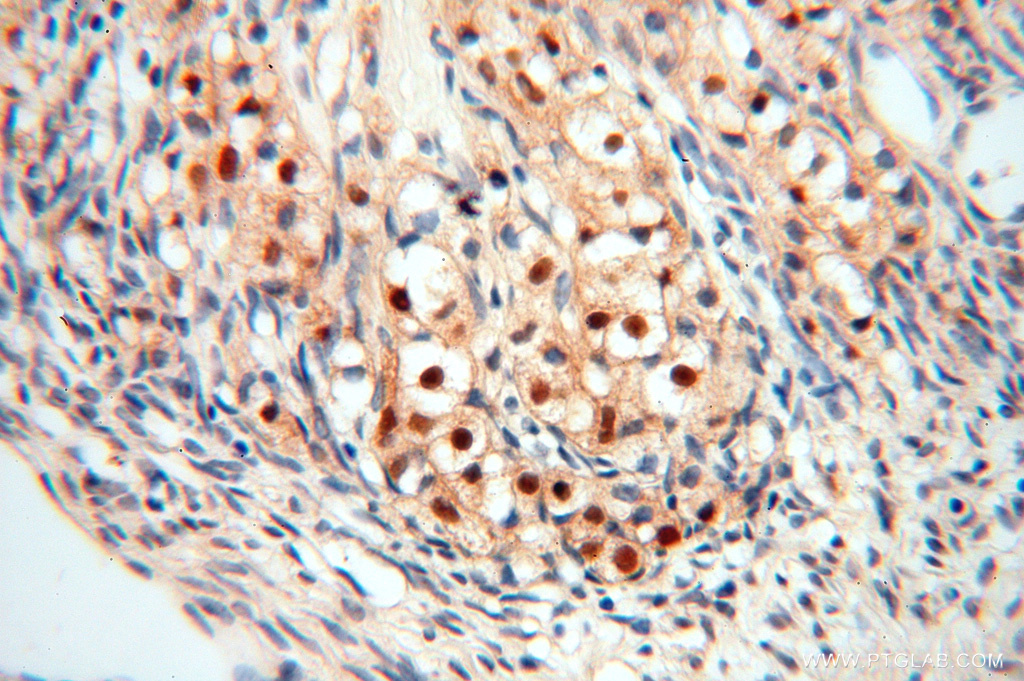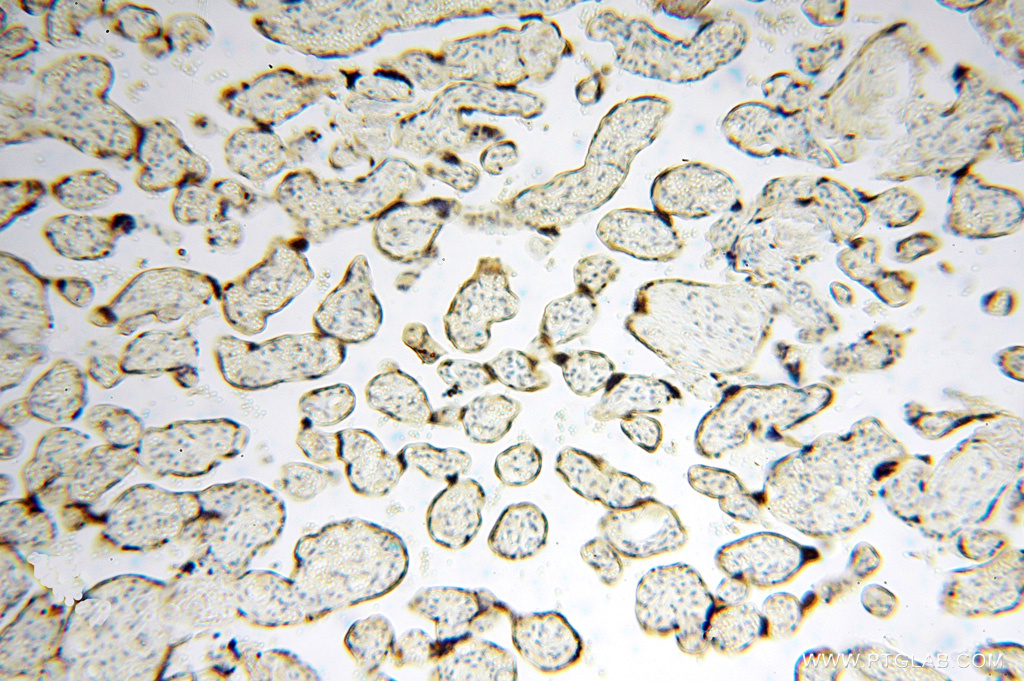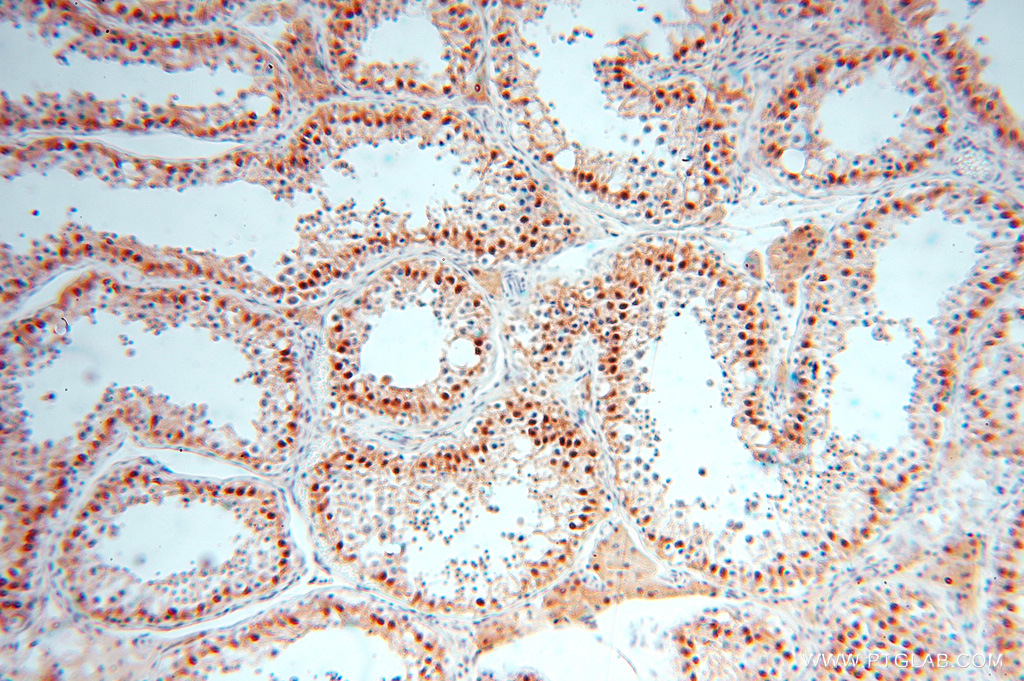验证数据展示
经过测试的应用
| Positive WB detected in | HeLa cells, mouse testis tissue, A375 cells, HEK-293 cells, rat testis tissue, PC-3 cells |
| Positive IP detected in | HeLa cells |
| Positive IHC detected in | human skin cancer tissue, human brain tissue, human heart tissue, human liver tissue, human ovary tissue, human placenta tissue, human testis tissue Note: suggested antigen retrieval with TE buffer pH 9.0; (*) Alternatively, antigen retrieval may be performed with citrate buffer pH 6.0 |
| Positive IF/ICC detected in | HeLa cells |
推荐稀释比
| 应用 | 推荐稀释比 |
|---|---|
| Western Blot (WB) | WB : 1:1000-1:6000 |
| Immunoprecipitation (IP) | IP : 0.5-4.0 ug for 1.0-3.0 mg of total protein lysate |
| Immunohistochemistry (IHC) | IHC : 1:50-1:500 |
| Immunofluorescence (IF)/ICC | IF/ICC : 1:200-1:800 |
| It is recommended that this reagent should be titrated in each testing system to obtain optimal results. | |
| Sample-dependent, Check data in validation data gallery. | |
产品信息
16840-1-AP targets USP13 in WB, IHC, IF/ICC, IP, CoIP, ELISA applications and shows reactivity with human, mouse, rat samples.
| 经测试应用 | WB, IHC, IF/ICC, IP, ELISA Application Description |
| 文献引用应用 | WB, IHC, IF, IP, CoIP |
| 经测试反应性 | human, mouse, rat |
| 文献引用反应性 | human, mouse, rat |
| 免疫原 | USP13 fusion protein Ag10527 种属同源性预测 |
| 宿主/亚型 | Rabbit / IgG |
| 抗体类别 | Polyclonal |
| 产品类型 | Antibody |
| 全称 | ubiquitin specific peptidase 13 (isopeptidase T-3) |
| 别名 | Ubiquitin-specific-processing protease 13, Ubiquitin carboxyl-terminal hydrolase 13, ISOT-3, ISOT3, Isopeptidase T-3 |
| 计算分子量 | 863 aa, 97 kDa |
| 观测分子量 | 97-100 kDa |
| GenBank蛋白编号 | BC016146 |
| 基因名称 | USP13 |
| Gene ID (NCBI) | 8975 |
| RRID | AB_2214569 |
| 偶联类型 | Unconjugated |
| 形式 | Liquid |
| 纯化方式 | Antigen affinity purification |
| UNIPROT ID | Q92995 |
| 储存缓冲液 | PBS with 0.02% sodium azide and 50% glycerol pH 7.3. |
| 储存条件 | Store at -20°C. Stable for one year after shipment. Aliquoting is unnecessary for -20oC storage. |
背景介绍
USP13(Ubiquitin carboxyl-terminal hydrolase 13) is also named as ISOT3 and belongs to the peptidase C19 family. It is involved in ubiquitin-dependent protein catabolism. USP13 is responsible for MITF deubiquitination, utilizing a short hairpin RNA library against known deubiquitinating enzymes. This protein has 2 isoforms produced by alternative splicing.
实验方案
| Product Specific Protocols | |
|---|---|
| WB protocol for USP13 antibody 16840-1-AP | Download protocol |
| IHC protocol for USP13 antibody 16840-1-AP | Download protocol |
| IF protocol for USP13 antibody 16840-1-AP | Download protocol |
| IP protocol for USP13 antibody 16840-1-AP | Download protocol |
| Standard Protocols | |
|---|---|
| Click here to view our Standard Protocols |
发表文章
| Species | Application | Title |
|---|---|---|
EBioMedicine The deubiquitinase USP13 stabilizes the anti-inflammatory receptor IL-1R8/Sigirr to suppress lung inflammation.
| ||
Transl Res Deubiquitinase USP13 promotes extracellular matrix expression by stabilizing Smad4 in lung fibroblast cells.
| ||
J Cell Biol Degradation of HK2 by chaperone-mediated autophagy promotes metabolic catastrophe and cell death. | ||
Oncogene USP13 deubiquitinates and stabilizes cyclin D1 to promote gastric cancer cell cycle progression and cell proliferation
| ||
J Cell Physiol IL-37-induced activation of glycogen synthase kinase 3β promotes IL-1R8/Sigirr phosphorylation, internalization, and degradation in lung epithelial cells. |


